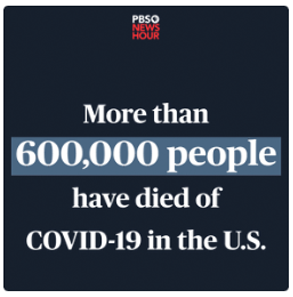Health Plan Weekly
-
AHIP Cheers Ruling in Dialysis Payment Case, but Congress Could Step In
Recently, health insurance trade group AHIP highlighted an under-the-radar Supreme Court ruling that centered on who should pay the bulk of the costs associated with treating some of the sickest patients: those with end-stage renal disease (ESRD). However, industry experts tell AIS Health, a division of MMIT, that what seems to be a victory for employer-based plans may be short-lived if Congress weighs in on the issue.
The case, Marietta Memorial Hospital Employee Health Benefit Plan v. DaVita Inc., concerned whether an employer-based health plan violated the Medicare Secondary Payer Statute (MSPS) by offering limited outpatient dialysis benefits to its enrollees. Specifically, the health plan in question had no in-network dialysis providers, capped reimbursement at 87.5% of the Medicare rate, and “imposed utilization management restrictions, such as claims audits and reviews,” health law attorney and Georgetown University research professor Katie Keith noted in a June article for Health Affairs.

-
Armed With Transparency Data, Purchaser Groups Focus on Rising Prices
Amid growing medical cost trend and broad fears of inflation, two major purchaser groups have unveiled initiatives to coordinate plan sponsors in an effort to lower health care prices. Managed care experts tell AIS Health, a division of MMIT, that purchasers’ frustration with high prices are valid, but they don’t expect prices to come down any time soon with inflation and other macroeconomic trends set to wash over the health care sector.
The National Alliance of Healthcare Purchaser Coalitions (NAHPC) recently released a “playbook” white paper for regional purchaser groups and employers seeking to rein in price increases. The term purchaser coalition refers to a number of regional nonprofits across the country that are composed of the region’s largest employers; those groups comprise NAHPC’s membership. NAHPC’s largest member, the Purchaser Business Group on Health (PBGH), also rolled out a new plan to manage costs.

-
Walmart, UnitedHealth Strike Latest Insurer-Retail Clinic Deal
Walmart Inc. and UnitedHealth Group will launch a co-branded Medicare Advantage plan in Georgia, license Optum-branded analytic and decision-making tools to existing Walmart Health clinics in 15 Florida and Georgia locations, and use Optum software to enable those Walmart clinics to enter value-based network agreements with MA plans.
One health care insider tells AIS Health that the move is further evidence of patients’ frustration with traditional, standalone clinics — and evidence that managed care firms are placing heavy bets on new types of providers to capitalize on that dissatisfaction.

-
Public Coverage Is Up, Private Coverage Is Down — Yet Likely Not for Long
The uninsured rate dipped slightly between 2020 and 2021, and while private insurance continued to be the most common type of coverage, it decreased in prevalence while government coverage increased, according to new data from the U.S. Census Bureau. One Wall Street analyst suggests that the findings are unsurprising given the current policy and demographic landscape, but he notes that trends are poised to change considerably when millions cease to qualify for Medicaid.
The Census Bureau’s survey, conducted between February and April, asked individuals whether they had any type of health coverage in the past calendar year. In 2021, 8.3% of the U.S. population lacked health insurance, compared to 8.6% in 2020. Put another way, 27.2 million Americans did not have coverage last year, down from 28.3 million the year prior. The 2021 uninsured rate of 8.3% represented a small uptick compared to 2019, however, when it reached a low of 8.0%.

-
Key Financial Data for Leading Health Plans — Second Quarter 2022
Here’s how major U.S. health insurers performed financially in the second quarter of 2022. Health Plan Weekly subscribers can access more health plan financial data — including year-over-year comparisons of leading health plans’ net income, premium revenue, medical loss ratios and net margins. Just email support@aishealth.com to request spreadsheets for current and past quarters.












